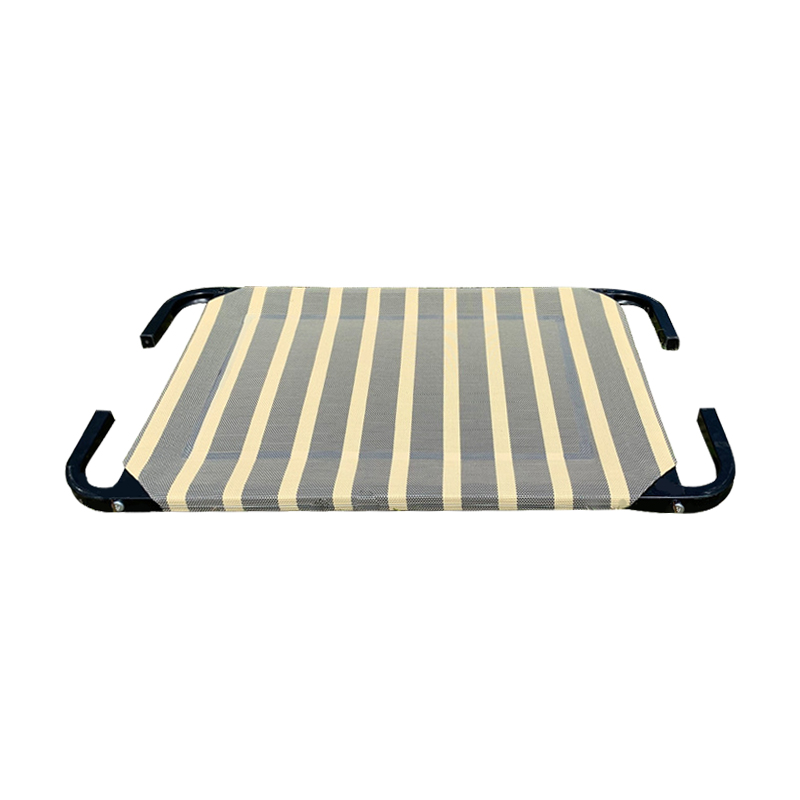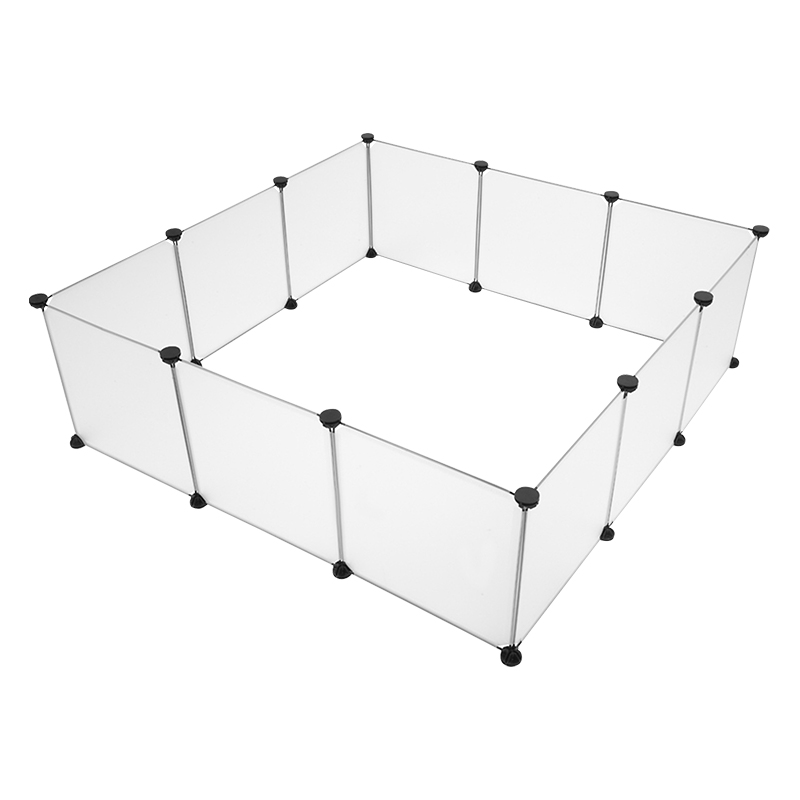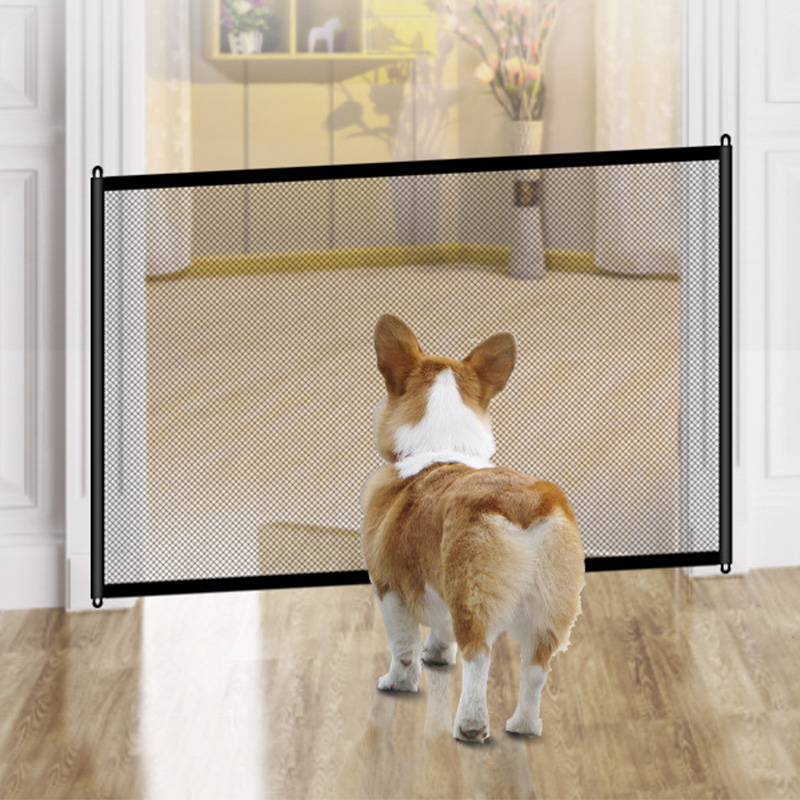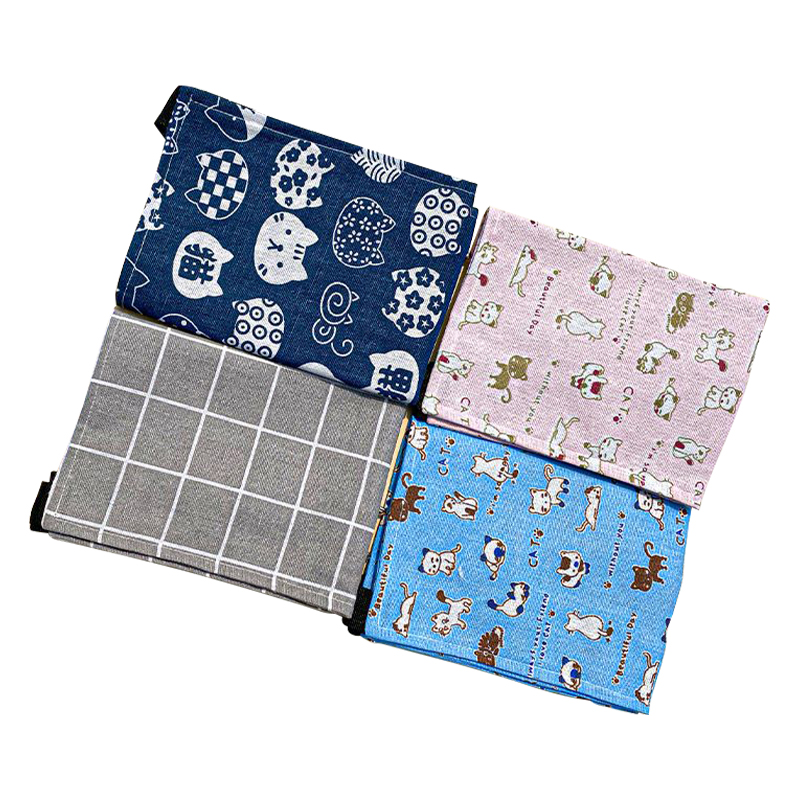For many pet owners, the cycle is a familiar one: a new dog bed is brought home, greeted with enthusiasm, and within a short period, it lies in tatters, its fluffy interior scattered across the living room. This repetitive process is not only frustrating but also a continuous expense. The search for a bed that can withstand the enthusiastic chewing and scratching of a beloved pet is a common challenge. The Pet Military Bed, with its distinct aesthetic and construction, has emerged as a point of interest for owners facing this very situation.

The Challenge of Finding Lasting Pet Furniture
The instinct to chew and dig is deeply rooted in many dogs. Puppies explore the world with their mouths, while adult dogs may chew out of boredom, to relieve anxiety, or simply as a natural behavior. Large breeds with strong jaws can make short work of materials that seem robust to human eyes. Traditional plush beds, often filled with soft, inviting padding, present an irresistible target. The seams are pulled, the fabric is torn, and the filling is extracted, creating a mess and rendering the bed unusable. This leaves owners dealing with the financial burden of frequent replacements and the practical issue of disposing of the ruined product. It prompts a question about the longevity of common pet furniture and whether alternatives exist that are conceived with these natural behaviors in mind from the outset. The focus shifts from temporary softness to enduring functionality, seeking a solution that can integrate into a household with an active pet without becoming a disposable item.
Design and Materials: How This Bed Addresses Wear and Tear
The Pet Military Bed presents a different approach to pet furniture. Its design philosophy appears to prioritize resilience alongside comfort. The structure typically involves a frame, often constructed from metals such as steel or aluminum, which forms a rigid, supportive foundation. This frame is designed to hold a sleeping surface taut and elevated, eliminating the sagging or hollows that can occur in soft beds. The connection points where the frame joins are often reinforced, contributing to the overall stability and preventing collapse from vigorous movement or the weight of a large animal.
The sleeping surface itself is a key differentiator. Instead of soft, tearable fabric, it commonly utilizes materials like reinforced canvas or heavy-duty Oxford cloth. These textiles are chosen for their tight weave and surface treatments that help them resist snagging and puncturing from claws and teeth. The fabric is stretched tightly across the frame, leaving little loose material for a pet to grab onto and chew. This entire design, elevated and without accessible stuffing, alters the interaction between the pet and its bed. It removes the primary points of failure that are common in traditional designs, presenting a surface that is less tempting and more challenging to dismantle through normal chewing and digging behaviors.
Owner Experiences with Active and Chew-Happy Pets
Anecdotal accounts from households with dogs that have a history of destroying their beds provide some insight. Owners of breeds known for their powerful jaws, like Labrador Retrievers or Pit Bulls, have reported that this style of bed has remained intact in their homes for extended periods, where others failed. The stories often highlight that while a dog might initially investigate the new object, the lack of a destructible reward—like pulling out stuffing—leads to a decrease in chewing interest over time.
Similarly, dogs that exhibit "nesting" behavior, such as Huskies or Border Collies, who scratch and circle excessively before lying down, find the taut fabric surface more resistant to their claws. Over weeks and months of use, the bed may show signs of wear, such as surface scuffing or fading, but the core structure and fabric integrity often remain functional. This longevity is frequently cited as a significant factor in owner satisfaction, as it breaks the cycle of repeated purchasing and waste. It is seen not as an indestructible object, but as a product whose design acknowledges and accommodates the realities of living with energetic and strong pets.
For the pet owner grappling with the financial and practical challenges of a dog that chews its bed, the Pet Military Bed offers a design concept worthy of consideration. Its value lies in a construction that seems to acknowledge the dynamic nature of pet ownership. By focusing on durable materials and a structure that minimizes common failure points, it represents a shift in thinking from disposable comfort to functional, lasting support, providing a potential answer to a persistent household dilemma.











